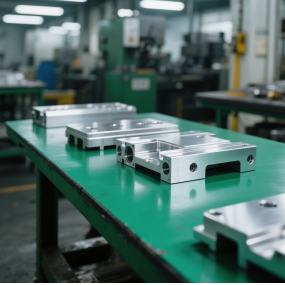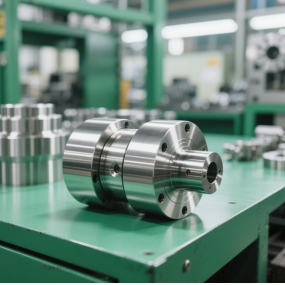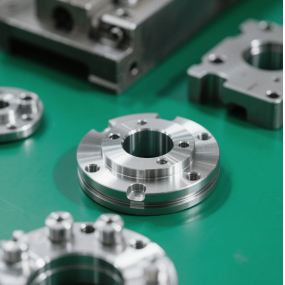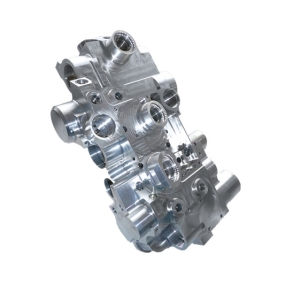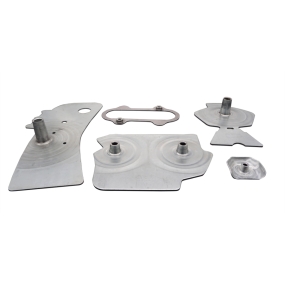The entire production process of Sheet Metal Processing involves a variety of processes, such as blanking, bending, forming, and assembly, which are all produced by different processes. To become a complete sheet metal processing product, it is necessary to go through the connection process. A manufacturer with more than ten years of experience in sheet metal processing will briefly introduce the sheet metal connection method to you today: 1. Rivet riveting: This kind of rivet is often called a pull nail. The two plates are riveted together by a pull nail, which is called a pull riveting. 2. Spot welding: After the workpiece is combined, pressure is applied through the electrodes to use the contact surface of the current joint and the nearby area to generate resistance heat for welding. The total thickness of the spot welding shall not exceed 8mm.3. Drawing and riveting: One of the parts is a drawing hole, and the other part is a countersink, which is made into a non-removable connector through a riveting die. Advantage: The countersink that is matched with the drawing hole itself has a positioning function. The riveting strength is high, and the riveting efficiency through the mold is also relatively high. 4. TOX riveting: Definition: The connecting part is pressed into the concave mold by a simple punch. Under further pressure, the material in the concave mold is "flowed" outward. The result is a circular connection point that is neither angular nor burr-free, and does not affect its corrosion resistance. Even on the surface, plates with coatings or paint layers can retain their original anti-rust and anti-corrosion properties, because the coating and paint layer are also deformed and flowed together. The material is squeezed to both sides and squeezed into the plates on the side of the concave die, thus forming TOX connection dots.
Hello! Welcome to EMAR's website!
 English
English » »
» »
 Spanish
Spanish Arabic
Arabic Portuguese
Portuguese Belarusian
Belarusian Japanese
Japanese Russian
Russian Icelandic
Icelandic Bulgarian
Bulgarian Azerbaijani
Azerbaijani Estonian
Estonian Irish
Irish Polish
Polish Persian
Persian Boolean
Boolean Danish
Danish German
German French
French Filipino
Filipino Finnish
Finnish Korean
Korean Dutch
Dutch Galician
Galician Catalan
Catalan Czech
Czech Croatian
Croatian Latin
Latin Latvian
Latvian Romanian
Romanian Maltese
Maltese Malay
Malay Macedonian
Macedonian Norwegian
Norwegian Swedish
Swedish Serbian
Serbian Slovak
Slovak Slovenian
Slovenian Swahili
Swahili Thai
Thai Turkish
Turkish Welsh
Welsh Urdu
Urdu Ukrainian
Ukrainian Greek
Greek Hungarian
Hungarian Italian
Italian Yiddish
Yiddish Indonesian
Indonesian Vietnamese
Vietnamese Haitian Creole
Haitian Creole Spanish Basque
Spanish Basque


